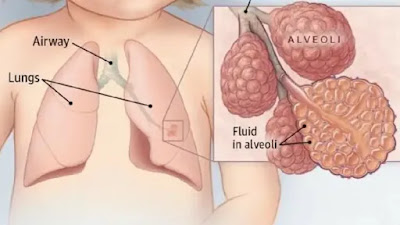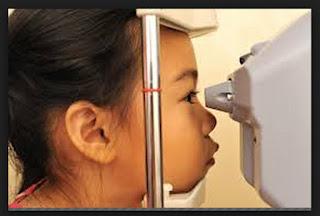How do children get pneumonia?
Children can get pneumonia through various means, and the most common cause is infection with bacteria, viruses, or other microorganisms. The infection typically enters the lungs, causing inflammation of the air sacs and leading to the development of pneumonia. Here are some common ways children can contract pneumonia:
Bacterial Infections: Bacteria such as Streptococcus pneumoniae, Haemophilus influenzae, and Staphylococcus aureus can cause bacterial pneumonia. These bacteria can be spread through respiratory droplets when an infected person coughs or sneezes.
Viral Infections: Viruses, including respiratory syncytial virus (RSV), influenza (flu), and adenovirus, are common causes of viral pneumonia. Viruses can be transmitted through respiratory secretions or by touching surfaces contaminated with the virus.
Fungal Infections: While less common, fungal pneumonia can occur, especially in individuals with weakened immune systems. Fungi such as Candida or Aspergillus can cause pneumonia.
Community-Acquired Pneumonia (CAP): Children can acquire pneumonia in community settings, such as schools or daycare centers, where infectious agents can spread easily among close contacts.
Complications from Upper Respiratory Infections: Pneumonia can sometimes develop as a complication of upper respiratory infections, like bronchitis or the common cold.
Malnutrition and Weak Immune System: Children who are malnourished or have weakened immune systems may be more susceptible to pneumonia.


